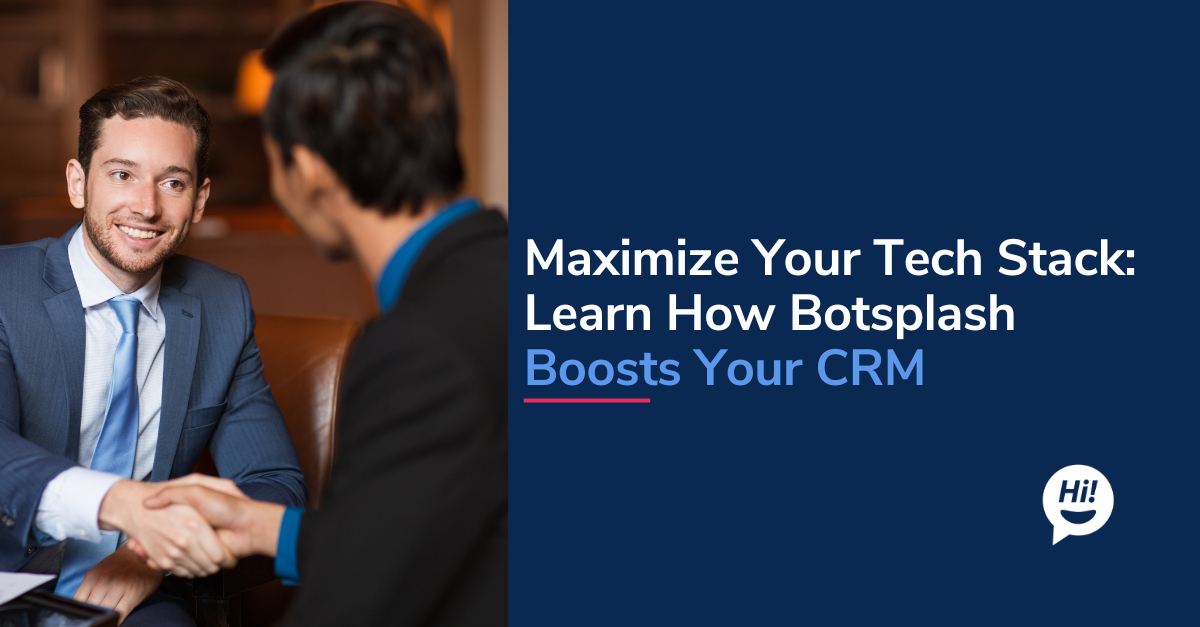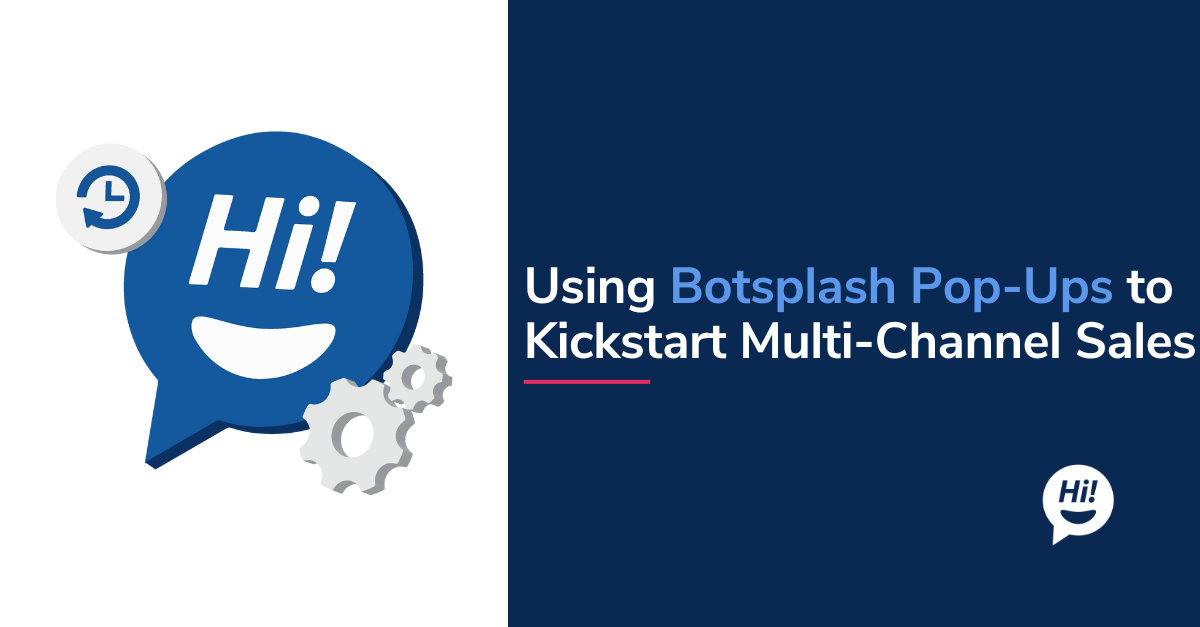Omnichannel is a relatively young concept within business, marketing, communications, and other industries, having only been brought to the limelight as early as 2010, less than fifteen years ago. The American business consulting firm Frost & Sullivan defines the concept of omnichannel as “seamless and effortless, high-quality customer experiences that occur within and between contact channels” (Butte, 2015).
In Latin, “omnis” means “every/all” and as the word suggests, it aims to encompass all parts within a whole. Within the context of Frost & Sullivan’s definition, omnichannel refers to the interaction between and integration of multiple channels of contact (or communication) between consumers and enterprises.
Before delving into the history of omnichannel, it is important to distinguish the concepts of multichannel and omnichannel from each other at a high-level. The multichannel approach refers to businesses building their presence on the communication channels that consumers are more likely to interact through (SMS, mobile apps, web chat, etc.). In short, “multichannel solutions focus on providing a customer with an opportunity to interact with a company through many [communication] channels, however, each channel is working separately” (Helphouse, 2018). The omnichannel approach, on the other hand, focuses on building consistent customer experiences through channels that are integrated with one another.

As early as 2003, consumer electronic retailer Best Buy used the term “omnichannel” to describe their “assembled commerce” strategy of prioritizing customer centricity (the ability of people in an organization to understand customers’ situations, perceptions, and expectations) to compete with retail giant Walmart’s electronics department. Best Buy’s “vision was to make it possible for the customer to build their own path to purchase by assembling various products and services” (Helphouse, 2018).
Despite that early version of an omnichannel approach by Best Buy, omnichannel strategies did not gain much steam until 2010. That was the year that omnichannel finally entered the zeitgeist of business, communications, and consumerism.
A report from IDC Retail Insights in September of 2010 suggested that future marketers would find great success in strongly relying on omnichannel strategies. This IDC report was considered the first time the term “omnichannel” was properly used in the way it is defined and perceived today. By 2013, omnichannel became more prevalent in marketing strategies and approaches, and a Huffington Post article even listed “omnichannel” as a “top retail buzzword.” Later that year, an MIT report titled “Beyond the Checkout Cart” designated the omnichannel consumer as “the central force for shaping the future of ecommerce and brick-and-mortar stores alike” (Green, 2014). It was now more apparent than ever that the “customer centricity” that Best Buy strove for back in 2003 was finally coming together.
Omnichannel communications began to heat up come 2014. Retailers and marketers realized the potential in allowing consumers to reach out to businesses at their own convenience while still providing them with a consumer experience that they themselves could control. However, as referenced in the MIT report, 94% of retailers still encountered significant barriers to integrating omnichannel communications in their marketing and retailing efforts. That had already changed as quickly as the following year. In 2015, the first sets of actual data points came out in favor of the value of omnichannel communications. Brands with strong omnichannel strategies retained up to 89% of their customers, it was found, and 45% of companies reported that omnichannel was a priority for their business moving forward.
Advancements in omnichannel strategies, approaches, and communications rolled out almost exponentially following the mid-2010s. By 2017, the hype around omnichannel was at an all-time high as “some early adopters begin to thrive in connecting every touch point, while others begin to invest more heavily” (Becker, 2019). One of those early adopters to come out of the 2017 hype was Botsplash – the SaaS-based customer engagement platform provider.

Botsplash realized that omnichannel communication could truly change B2B2C communications by utilizing multiple integrated channels to provide seamless interactions between consumers and enterprises. Botsplash’s platform then, operating both as a desktop browser software program and as a mobile application, consolidated all inbound communication from channels such as SMS, email, web chat, Facebook Messenger, Google Business Messaging, and even WhatsApp into one place for enterprises to pick up those leads.
Botsplash saw that omnichannel communication, consolidated into one CRM-syncing piece of software, could solve the issue of enterprises losing too many inbound leads after their hours of operation while keeping the power of communication in the hands of the consumer. As listed out by Mitel, the advantages of adopting an omnichannel system (much like Botsplash) were:
- Increased client satisfaction
- Increased productivity due to shared information between communication channels
- Time saved for both clients and employees
- A unified brand voice, adding to the personalization of customer interactions
These advantages were evident even in such industries as mortgage and automotive where Botsplash is routinely used to this day. Omnichannel communications branched out of the retail and marketing industries that it started in and expanded to other industries that recognized the need for a similar customer experience.
By 2019, omnichannel was seen as the norm within various industries. Consumers at this point expected omnichannel communications to be a standard part of their experience when interacting with businesses. Forbes Magazine went as far as to claim that omnichannel in retail would be dead by the middle of the year; however, as the global COVID-19 pandemic in the early 2020s would prove, omnichannel communication was here to stay.
The COVID-19 pandemic forced a re-thinking of work, interactions, and communication with remote work and schooling, for example, becoming more established. Omnichannel communication allowed people to stay connected online whilst being apart offline.
Now, in 2023, with the COVID-19 pandemic subsiding and normalcy returning to the way we interact and engage with one another, omnichannel communication is the standard in consumer-enterprise relationships. Botsplash maintains this standard with its omnichannel customer engagement platform and has even taken steps to integrate the latest developments in generative artificial intelligence to continually improve the customer experience.
While the history of omnichannel may only be a little over a decade old in terms of actual practice, Botsplash and omnichannel have decades of advancements ahead.
References:
Becker, M. (2019, June 25). The History of Omnichannel: Paving Your Path to Omnichannel Success. Emarsys. https://emarsys.com/learn/blog/retailers-implementing-omnichannel-strategies/
Butte, B. (2015, December 4). Cloud: The engine of the omni-channel customer experience. Networkworld. https://www.networkworld.com/article/3011910/cloud-the-engine-of-the-omni-channel-customer-experience.html
Cherwenka, A. (2013, January 18). Top Retail Buzzwords for 2013: Omnichannel, Personalization, Mobile. Huffington Post. https://www.huffpost.com/entry/top-retail-buzzwords-for_b_2506997
Green, J. (2014, January 27). Why and How Brands Must Go Omni-Channel in 2014. Martech. https://martech.org/why-brands-should-go-omni-channel-in-2014/
Hahn, I. (2022, December 22). The necessary evil of omnichannel communication. Sendbird. https://sendbird.com/blog/omnichannel-communication
Helphouse. (2018, October 19). The history of omnichannel. Helphouse. https://helphouse.io/en/blog/2018/10/19/the-history-of-omnichannel/
Louie, S. (2015, January 5). A Brief History of Omnichannel Marketing. Nectarom. https://nectarom.com/2015/01/05/brief-history-omnichannel-marketing/#:~:text=Omnichannel%20aims%20to%20encourage%20evaluation,extends%20beyond%20multi%2Dchannel%20retailing.
Mitel. (2022). What is Omnichannel Communications? Mitel. https://www.mitel.com/features-benefits/omnichannel#:~:text=What%20Is%20Omnichannel%20Communications%3F,of%20the%20channel%20they%20use.
Patel, S. (2022, May 11). What is Omnichannel Communication? (and Why It’s Important). Reve Chat. https://www.revechat.com/blog/omnichannel-communication/
Sanghavi, A. (2021, December 13). What is Omnichannel Communication? Why It Matters. G2.
To learn more about Botsplash click the button below to schedule a demo with our team.






